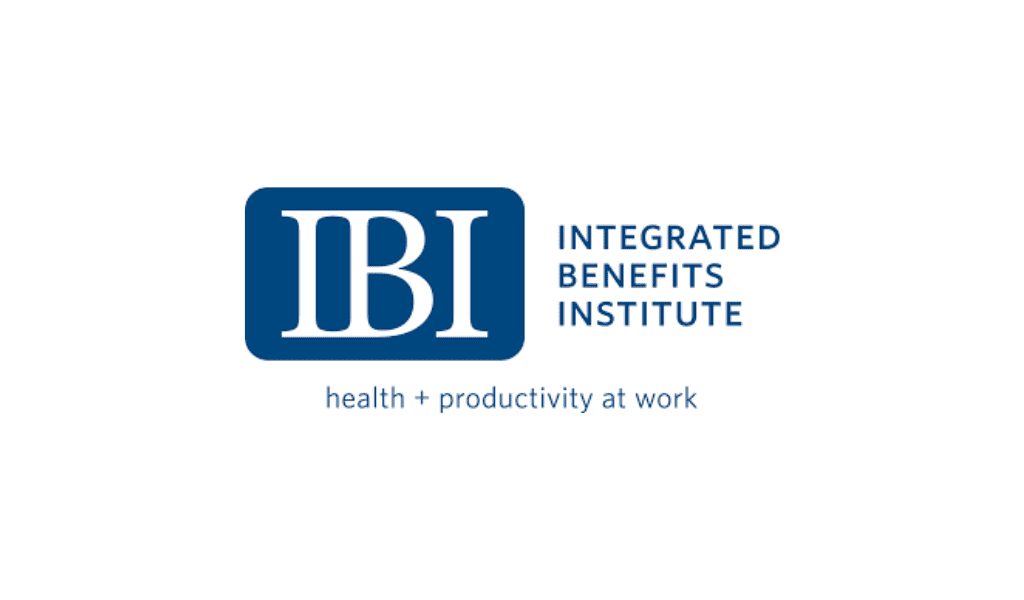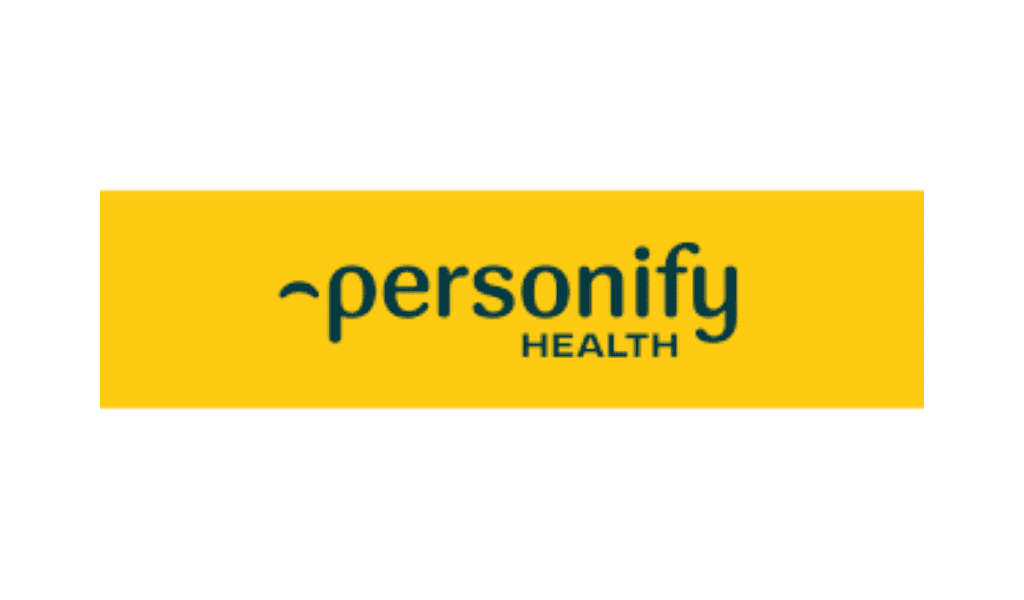Ways to provide employees the means to achieve better well-being.
By Maggie Mancini
American workers are struggling to cope with the stress of it all—navigating conflict-heavy workplace dynamics, managing excessive workloads, and adapting to the myriad stressors impacting their lives both inside and outside of the office. TELUS Health’s recent Mental Health Index indicates that employee mental health has not improved in more than one year, with 21% of workers reporting a high mental health risk and 42% saying it’s moderate. Research from Calm reveals that employees are experiencing heightened nervousness, stress, burnout, depression, and hopelessness, with three-quarters of employees saying their mental health has stayed the same or worsened over the past year. Though employees feel it’s appropriate to discuss well-being in the workplace, many are still uncomfortable doing so.
“It’s important to prioritize confidentiality and foster open discussions on employee well-being to remove the stigma associated with seeking help for mental health concerns,” says Tim Abraham, senior director of people operations at Espresa. “Organizations should also allocate resources to leadership development programs emphasizing emotional intelligence, active listening, and regular check-ins to create a supportive workplace culture.”
A survey from KPMG finds that 74% of U.S. CEOs are planning to implement more initiatives focused on mental well-being such as digital wellness solutions, mindfulness seminars, resilience workshops, and coaching sessions as part of a larger effort to promote wellness and address employee burnout.
“The one concept that opens the door for these wellness initiatives to be on the table is the shared experience that we all had through the COVID-19 pandemic,” Felicia Lyon, principal at KPMG, explains. “Because no one really prioritized wellness, it didn’t come up on a lot of employee surveys prior to that experience. But because we were all impacted by COVID, whether we were the CEO or the janitor, it created the path to help us put well-being front and center and now it’s no longer considered taboo to talk about mental health at work.”
Employees who feel their organizations are helping them with their concerns are more likely to feel connected to their workplace and remain engaged.
And now other external stressors, such as global issues or national politics, are having influence on employee well-being in these key ways, Abraham says.
- Global and national events can influence economic stability, leading to job insecurity. Recessions, economic downturns, or shifts in industry dynamics can result in layoffs, hiring freezes, or changes in benefits, leading to anxiety about job stability.
- National politics and societal issues can create division among employees. This tension can impact workplace culture. Political polarization of differing viewpoints on global issues can lead to conflicts and reductions in teamwork and collaboration. This, Abraham says, impacts overall employee morale and workplace productivity.
- Negative news can impact mental health. Constant exposure to news about global crises, political upheaval, or societal unrest can contribute to chronic stress and anxiety. This can affect employees’ ability to focus, productivity, and overall well-being, potentially leading to burnout or other mental health challenges.
- External stressors can seep into employees’ personal lives. Concerns about political issues can lead to distractions, impacting employees’ performance, personal wellness, and relationships outside of work, Abraham explains. This can impact work-life balance, which drives wellness and retention.
Employees who feel their organizations are helping them with their concerns are more likely to feel connected to their workplace and remain engaged. HR leaders can address global issues in several ways, including:
- leveraging the organization’s employee assistance program (EAP) to provide resources for employees;
- implementing charitable initiatives; and
- addressing issues directly in company communications.
Another issue impacting workplaces across the globe is the development and integration of artificial intelligence (AI). As business leaders advertise the purported benefits of AI to take over tedious, mundane tasks and allow employees to focus on strategic thinking, the rapid advancement of the technology has also led to anxiety among those who feel that AI could render their jobs obsolete.
These fears are not weightless: The World Economic Forum estimates that 85 million jobs will be disrupted because of AI by 2025. With employees stressed about what the future of work means for them and their job stability, HR leaders should address these fears and concerns when planning to deploy AI.
“The role of HR is to help lead from the front, to find opportunities to leverage these tools, make them available, and set the guardrails for cybersecurity and the use of confidential information,” Lyon says. “Just creating the space to learn how to use these tools to get the benefit of capacity gains that help well-being. On the human side of it, by taking away mundane tasks, employees can focus on more thoughtful, more strategic work that can life the employee spirit and improve engagement.”
To help alleviate the stresses associated with AI and the future of work, HR leaders can improve transparency about their plans and leverage employee feedback to make changes when necessary. Publishing clear policies and guardrails for the ethical use of AI can boost trust and ensure that the technology is being used responsibly by all.
Whether employees are experiencing financial hardship, stress from global issues, anxiety about the future of work, or feeling overwhelmed with excessive workloads, HR leaders are tasked with avoiding the negative impacts that long-term stress can have on productivity, engagement, and retention.
Nine out of 10 employees are stressed about finances, according to a report from SoFi at Work. Whether due to inflationary pressures, the rising cost-of-living, or concerns about the job market, nearly half of employees are worried that they don’t have enough saved for emergencies or retirement.
“Financial stress is not just a number on a balance sheet; it’s a real issue that detrimentally affects employee well-being and job performance,” says Abraham. “It can reduce productivity, impair concentration, and increase irritability. This, in turn, may result in decreased morale, reduced management, and higher absenteeism. Understanding this impact is key to motivating HR leaders and people advocates to act.”
Financial wellness programs can be a powerful tool for addressing the negative impacts of financial stress. By tailoring resources to employee needs, these programs can educate and equip employees with skills to manage their money. Abraham and Lyons say there are many ways to help alleviate financial stress, including:
- personalized coaching;
- online courses;
- budgeting tools;
- credit management services;
- financial wellness seminars;
- guidance on retirement planning; and
- establishing relationships with banks and financial advisors.
Lyon adds that having the financial solvency to live life and have basic needs met is fundamental. If financial well-being requires someone to work multiple jobs to maintain their standard of living, it puts undue stress on that individual to make ends meet.
When it comes to alleviating burnout, it’s important that HR leaders make well-being a cultural focus in the organization.
A poll from the National Alliance on Mental Illness finds that 52% of employees are experiencing burnout, and that employees who are less comfortable speaking openly about their well-being at work are more likely to be burnt out. When it comes to alleviating burnout, it’s important that HR leaders make well-being a cultural focus in the organization, says Janet Young, director of well-being and health at TELUS Health. By evaluating the company’s existing culture and discerning whether they are creating an environment that employees feel safe and valued in, HR can help improve employee well-being and reduce the impacts of burnout.
“Emphasizing creating a psychologically safe work environment is essential to reduce stigma and support employee well-being and creates an environment where employees feel safe to share what they are experiencing,” Young says. “Listening to your people is the first step to help alleviate burnout.
Abraham explains that HR leaders are pivotal in mitigating burnout by implementing tools and strategies like:
-
EAPs;
-
flexible working arrangements;
-
workload assessments;
-
job design and enrichment; and
-
team-building exercises.
These programs can strengthen employee morale, provide a break from daily activities, reduce stress, and foster positive workplace relationships, which can influence employee well-being, he says.
Abraham adds that it’s important to pay attention to the details. “A strategic and well-designed total well-being program considers all impact areas of an employee’s life: emotional, physical, social, and financial. Using comprehensive HR technology focused on value on investment, HR can alleviate much of the administrative burden to focus on employees, their growth, and ways to make benefits even more personal.”


















